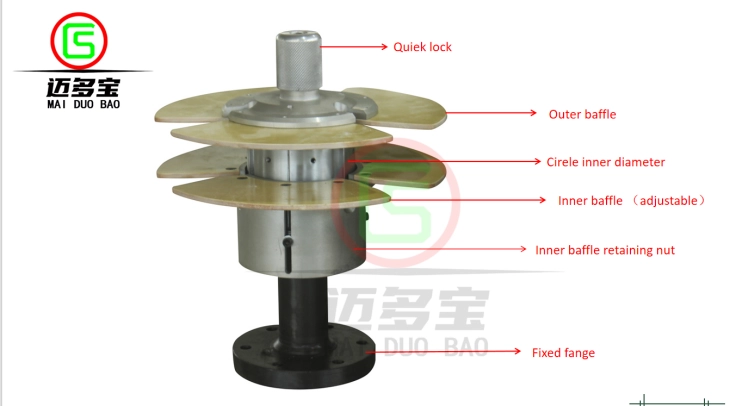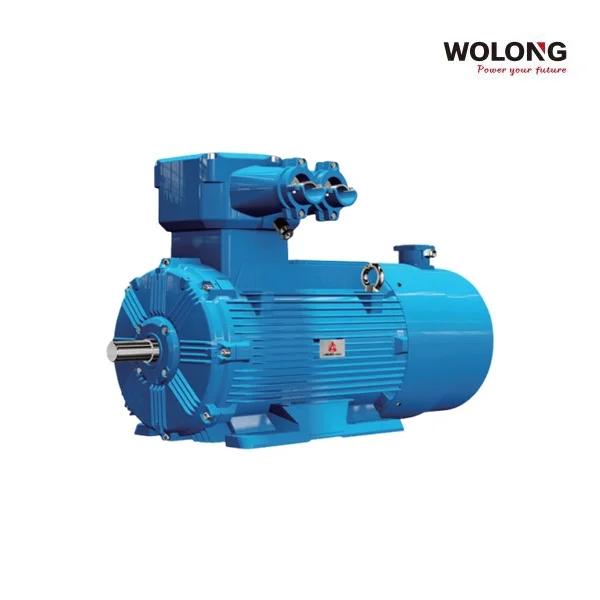In the realm of modern printing technology, LED printers have emerged as a popular choice for both home and office environments. They are often lauded for their speed, efficiency, and high-quality output. However, like any technology, LED printers come with their own set of disadvantages that potential users should carefully consider. This article delves into the various drawbacks of LED printers, providing a nuanced understanding of their limitations.
- Initial Cost and Investment
One of the most significant disadvantages of LED printers is their initial cost. While prices have been decreasing over the years, LED printers still tend to be more expensive than their laser counterparts. For small businesses or individuals with limited budgets, this upfront investment can be a barrier. Additionally, the cost of replacement parts, such as LED print heads and toner cartridges, can further escalate the overall expenditure.
- Limited Color Range
While LED printers are capable of producing high-quality prints, they often fall short in terms of color accuracy and vibrancy compared to inkjet printers. This limitation is particularly noticeable in graphic design and photography applications where color fidelity is paramount. The color gamut of LED printers may not satisfy professionals who require precise color matching for their work, leading to potential dissatisfaction with the final output.
- Size and Portability
LED printers, particularly those designed for high-volume printing, can be bulkier than other types of printers. This size can pose challenges in smaller office spaces or home environments where space is at a premium. Furthermore, the weight of these printers can make them less portable, limiting their usability in dynamic work environments where mobility is essential.
- Maintenance and Technical Issues
While LED printers are generally known for their reliability, they are not immune to technical issues. Users may encounter problems such as print head clogs or misalignment, which can require professional servicing. Regular maintenance is crucial to ensure optimal performance, and neglecting this can lead to decreased print quality over time. Additionally, the complexity of some LED printer models may necessitate a steeper learning curve for users unfamiliar with their operation.
- Environmental Concerns
As the world becomes increasingly aware of environmental issues, the ecological footprint of printing technologies is under scrutiny. LED printers, while more energy-efficient than traditional laser printers, still rely on consumables such as toner cartridges that contribute to waste. The disposal of these cartridges can pose environmental challenges, especially if they are not recycled properly. Users concerned about sustainability may find this aspect of LED printing to be a significant drawback.
- Compatibility and Software Limitations
Another disadvantage of LED printers is their compatibility with various operating systems and software applications. Some LED printers may not support certain file formats or may require specific drivers that can complicate the printing process. This can be particularly frustrating for users who rely on diverse software tools for their printing needs. Ensuring compatibility before purchasing an LED printer is essential to avoid potential disruptions in workflow.
Conclusion
While LED printers offer numerous advantages, including speed and efficiency, it is crucial to weigh these benefits against their disadvantages. From higher initial costs and limited color accuracy to maintenance challenges and environmental concerns, potential users must consider how these factors align with their specific printing needs. By understanding the drawbacks of LED printers, consumers can make informed decisions that best suit their requirements, ultimately leading to a more satisfying printing experience.





